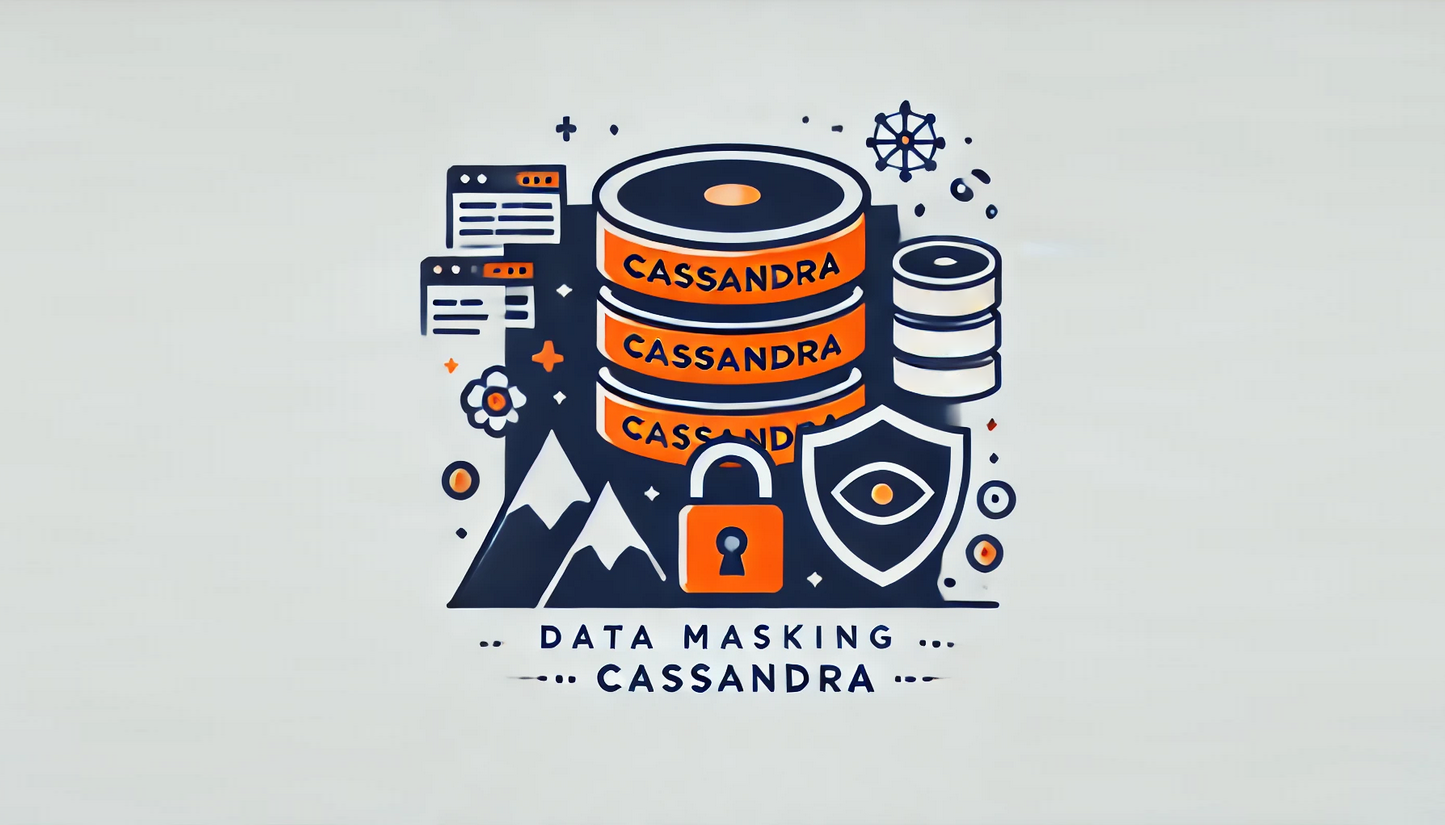
How Data Masking in Cassandra Protects Sensitive Information

Cassandra, a popular NoSQL database, stores vast amounts of data for organizations worldwide. However, with great data comes great responsibility. Enter data masking in Cassandra – a crucial technique for safeguarding sensitive information. This article explores the importance of Cassandra data masking, its methods, and how it can benefit your organization.
Why Data Masking Matters in Cassandra
Cassandra databases often contain sensitive information like personal details, financial records, and confidential business data. Protecting this data is essential for maintaining privacy, complying with regulations, and preventing security breaches. Data masking in Cassandra helps achieve these goals by replacing real data with fictitious yet realistic information.
Understanding Cassandra Data Masking Techniques
Data masking comes in two main forms: static and dynamic. Static data masking creates a separate, masked copy of your Cassandra database. This method changes the data permanently, making it suitable for sharing with others or using in non-production settings.
For example, a company might create a masked copy of their customer database for software testing. The original database contains real names and addresses, while the masked version replaces these with fictitious data.
Cassandra dynamically masks data in real-time as users access it. It doesn’t alter the original data but instead masks it on-the-fly for unauthorized users. This method is perfect for situations where you need to maintain data integrity while still protecting sensitive information.
Consider a hospital using dynamic data masking to show patient records to administrative staff. When accessed, the system automatically hides sensitive medical information while displaying non-sensitive details.
Implementing Data Masking in Cassandra
The first step in Cassandra masking is identifying which information needs protection. This involves analyzing your database schema and pinpointing columns containing sensitive information like names, addresses, or financial data.
Once you’ve identified sensitive data, you need to select appropriate masking algorithms. These algorithms decide how to transform the data. Common techniques include substitution (replacing sensitive data with realistic alternatives), shuffling (rearranging values within a column), and encryption (converting data into an unreadable format).
You can use a method that swaps real credit card numbers with fake ones, keeping the same format.
After choosing your algorithms, you need to set up masking rules in your Cassandra masking tool. These rules define which users or roles can see the original data and who sees the masked version. You might create a rule that masks social security numbers for all users except those in the HR department.
Before implementing data masking in your production Cassandra environment, it’s crucial to test your masking rules thoroughly. This ensures that we properly protect sensitive data without disrupting normal operations.
Benefits and Challenges of Cassandra Data Masking
Data masking in Cassandra offers several benefits. It enhances data security by reducing the risk of data breaches and unauthorized access. Even if someone gains access to your Cassandra database, they won’t be able to view the real, sensitive data.
It also helps with compliance, allowing organizations to meet strict data protection regulations like GDPR, HIPAA, or PCI DSS. Additionally, data masking enables safer development and testing practices by providing realistic data without risking exposure of sensitive information.
However, Cassandra data masking also presents challenges. Maintaining data relationships and referential integrity across tables and columns can be tricky. There may also be performance considerations, especially with dynamic data masking, as it occurs in real-time.
Keeping masked data realistic for testing can be challenging. This is especially true for complex data types or large amounts of information.
Best Practices for Cassandra
To maximize the effectiveness of your Cassandra masking efforts, consider these best practices:
Regularly review and update your data masking policies to ensure they align with current security needs and regulations. As your data evolves, so should your masking strategies.
For highly sensitive data, consider using strong encryption methods in addition to masking. This adds an extra layer of security to your Cassandra database.
Use strict access controls so only authorized people can see the original data in your Cassandra database.
Keep clear records of your data masking steps, noting what data you mask, how you do it, and who can access the original data.
Conclusion
Data masking in Cassandra is a powerful tool for protecting sensitive information while maintaining the utility of your data. By implementing robust masking techniques, you can enhance security, ensure compliance, and enable safer data handling practices. Data protection is more important now. Cassandra masking is a key strategy for all organizations, regardless of their size.
Remember, effective data masking is an ongoing process. Learn about new Cassandra data masking methods and tools to protect your sensitive information in today’s changing digital environment.
